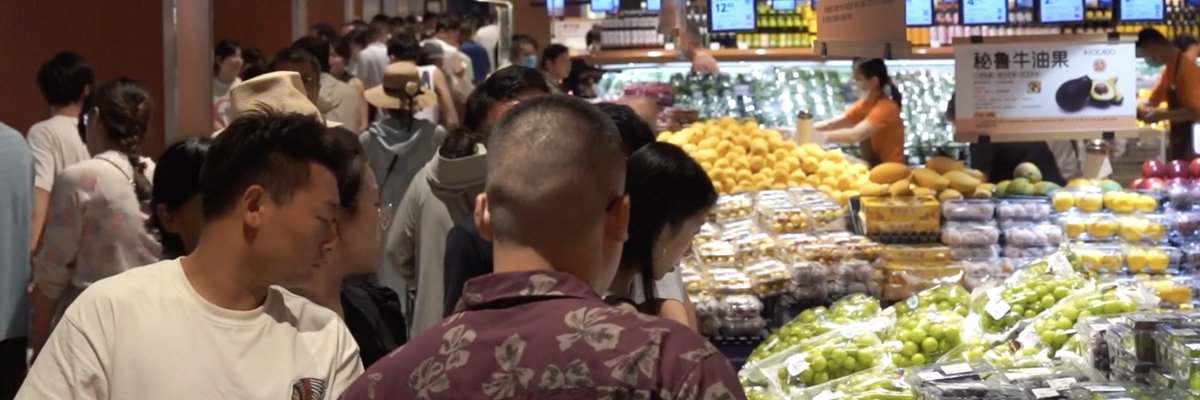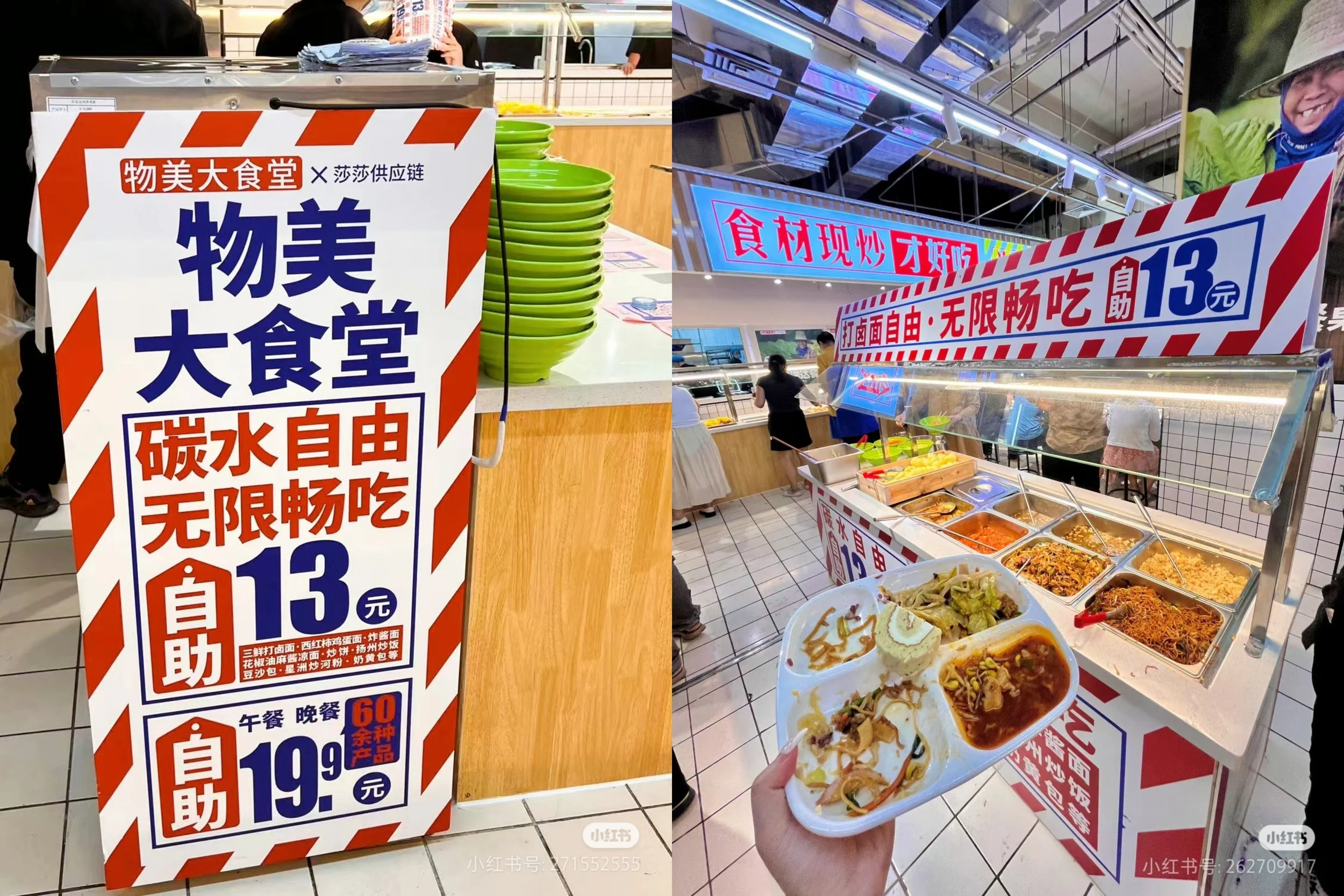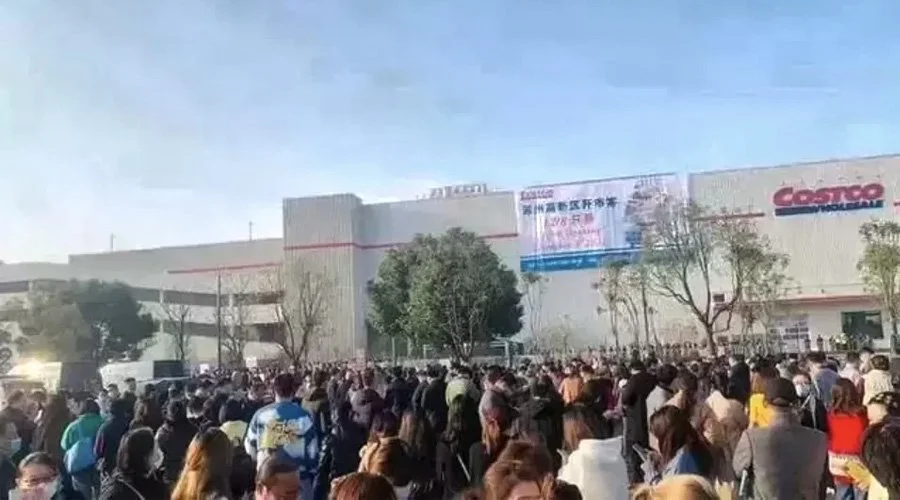Creating rituals and occasions to win over Chinese consumers

During this month’s Golden Week holiday, Chinese social media was bombarded with selfies from China’s 40 cultural world heritage sites, neo-Chinese night tours, autumn shades on the Tibetan Plateau, the dramatic landscapes of Zhangjiajie and Guilin, the newly-popular Datong of Wukong fame, and under-the-radar spots from around the globe. Yet, a less-traditional destination was one of the hottest trends filling feeds: a pop-up café in Shanghai from British soft toy and collectables company Jellycat.
China’s urbanites were paying premiums to secure a hotly-contested reservation to capture the buzz from the café. It wasn’t a new innovative bubble tea or novel coffee creation they were lining up for, but ¥359 ($51) to ¥459 ($65) café-themed soft toys.
Why such a hullaballoo over a few pricy teddies?
For a start, Jellycat toys fall into the lucrative category of collectable toys, which grew from ¥6.3 billion ($890m) in 2015 to ¥34.5 billion ($4.9b) in 2021 in China, and is projected to reach ¥110.1 billion ($15.6b) by 2026. Not only are the number of consumers buying them growing, but also how much they are spending on them. In 2015, the average monthly expenditure per consumer was ¥27 ($3.80). By 2020, it was ¥81 ($11.50), and is tracking to reach ¥194 ($27) next year. Many already spend tens of thousands of RMB a year on them.
Just being part of a booming category is rarely enough. Jellycat did a great job localising, including offering Shanghai-exclusive products, yet making it part of a global phenomenon. The pop-up café was part of a 25th anniversary tour which visited London, New York and Paris, alongside Shanghai.
Yet whilst the toys themselves are cute and valuable – particularly those deemed rare - it is often the delight of the purchase ritual that consumers love to share online. We’ve seen this with the rise of blind box toys – you aren’t just buying the toy, but also the thrill and anticipation of what toy you will get.
Jellycat has similarly created a theatrical ritual that delights customers when they buy it. One example is when someone chooses a Bartholomew Bear ‘Cupcake’:
The café worker sanitizes her hands, greets the bear, grooms it, and gives it a pretend "spa session." Using a cream gun (with no cream), she asks customers how much "cream" they'd like on the bear's cupcake. The bear is then packed with a badge and stickers, along with a reminder to "feed it its favourite cupcake”. Here’s a 2 minute video of the ritual.
While some may be scratching their heads wondering what all the fuss is about, it is novel and genuinely connects with a lot of Chinese consumers – and not just the kids!
The hospitality, entertainment and luxury industries have been all over it for years, but other consumer categories are still largely under-tapped. Brands should consider opportunities to create ritual, ceremony and occasion for their customers when purchasing their goods. This can go a long way in building advocacy, luring back customers and increasing spend for each purchase.
China Skinny can assist you to ensure that you surprise and delight your customers with something authentic, aligned with your brand and resonant with Chinese consumers – get in touch to learn how.
Luxury brands such as Burberry, Gucci, and Armani are selling heavily-reduced products at bulk warehouse Sam's Club - what does it mean for the brands?
China's Special Action Plan for Boosting Consumption is a positive for foreign brands in China, but there remain some challenges
Jack Ma launched New Retail with a roar in 2016 starting a scramble for the New Retail crown on both sides of the Pacific. The buzzword has since fizzled out and Alibaba has divested in much of its bricks & mortar retail properties, but the need to rethink retail is more important than ever. Here's why...
Despite being winter, Naimi's novel fried chicken-looking ice creams are flying out of the chiller. Their success provides many valuable lessons for brands selling in China
Xianyu's foray into physical retail illustrates five key lessons for retailers - both online and office - in how to differentiate and engage your target audience
MINISO has launched MINISO LAND, attracting massive crowds. Its first global “IP theme park-style” flagship blends globally- known IPs into an immersive shopping experience.
Social media feeds increasing filled with “rough life” posts, alongside the popularity of more authentic retail spaces are just two examples of how Chinese consumers are seeking more real, less polished marketing
China is experiencing a shift—or even a dilemma—in its bricks-and-mortar retail landscape. While high-end malls are seeing declines, non-standard commercial spaces are on the rise. Among these, Beijing’s THE BOX Youth Energy Center is redefining the offline retail experience by tapping into the spending power of the younger generation.
As new generations redefine what weddings look like, brands are seizing the moment to connect with young couples seeking authenticity and personalization.
China's consumer landscape is increasingly divergent. Lower-tier cities are rebounding faster and showing greater resilience than first- and second-tier cities. While large catering businesses struggle, smaller restaurants thrive. How can brands understand these diverging trends and their implications? Read on to find out more.
The runaway growth of China's collectable toy market hasn't just stemmed from the toys themselves, but the ritual and occasion of the purchase journey - Jellycat's pop up cafe is case in point
Jellycat CAFÉ has taken Shanghai by storm with its limited-time pop-up. Exclusive plush toys and immersive packaging performances highlight Jellycat's unique blend of emotional value and playful creativity.
Beijing's total package for stimulus this year may be its largest yet in nominal terms, but how will it impact the all-important consumption segment?
Zara's pop up in Shanghai's trendy Anfu Lu provides plenty of lessons on marketing and retail for brands in China
Zara's Anfu Lu pop-up store in Shanghai's former French concession is being reinvented every week; here are photos of the first two iterations
Luxury consumer behaviour in China is returning to pre-pandemic traits.
Pangdonglai is rewriting the rules of retail in China, but not through a shiny new tech-based model
Traditional supermarket chains in China are struggling due to the intense competition from e-commerce. As consumer shopping and dining habits shift, these supermarkets are turning to in-store dining areas or large canteens to stay in business.
This summer, many brands have started to introduce ice cup products to attract more consumers.
As offline stores shift back towards offering engaging experiences, foreign brands’ retail spaces have been renovated in Shanghai. Gentle Monster, ARCTERYX and FREITAG are 3 cases you can't miss!
The frenzied opening of Costco's seventh store in China illustrates Chinese consumers' interest in the retailer, but their work remains cut out for them
China’s consumer data points to some interesting developments that will impact tourism behaviour internationally
Flea markets have become trendy hot spots in Shanghai, with some tapping into the rise of pre-loved goods. From tranquil forest-themed to hidden gems, here are some of our favourite flea markets in the city
DAPHNE was a staple fashion item for Chinese ladies born in the 80s and 90s, but failed to adapt to changing market dynamics. A recent strategic shift and refresh has seen the brand rise from the dead
Shanghai’s retail market is unrivalled in China for both size and dynamism, supported by China’s most sophisticated consumers meaning that the city is at the forefront of consumer trends
China's shopping malls have evolved to be experience centres unlike anywhere else in the world. Here is some advice to ensure that marketing strategies factor in this uniqueness
Chinese consumers’ increasing need for emotional support is being reflected in what they’re spending online
Don't underestimate the importance of bricks & mortar touch points in China, and ensure they are integrated and optimised for consumer needs
The best performing brands in China all have an uncompromising use of data to steer opportunity analysis, marketing and NPD decisions.





























KFC's marketing success and then threatened boycotts provide valuable insights about marketing in China